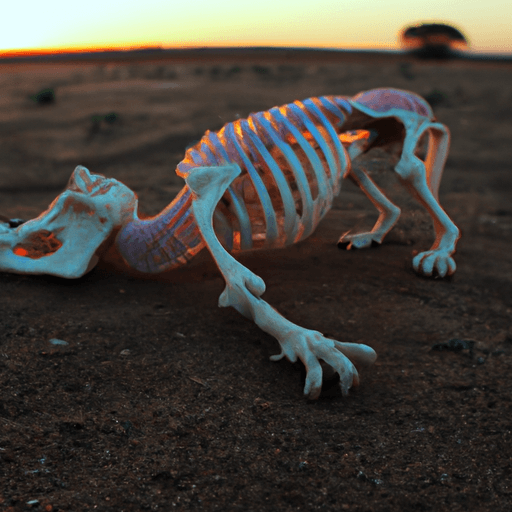Climate Change and Biodiversity: Exploring the Impacts and Solutions
Climate change is a major threat to biodiversity, as it can drastically alter habitats, redistribute species, and introduce new stressors to ecosystems. In this article, we will explore how climate change is impacting biodiversity, from shifts in species distributions to the introduction of new diseases. We will also discuss the various impacts climate change has on biodiversity, and consider how these changes can be addressed.
Shifts in Species Distributions
One of the most significant impacts of climate change on biodiversity is a shift in species distributions. As the climate changes, species must migrate to new habitats in order to survive. This often means moving to higher elevations or latitudes, or even to entirely new regions or ecosystems. Unfortunately, this can be difficult for species, as their new habitats may not have the resources they need to survive. Furthermore, this shift in habitat can cause competition with other species, and can even lead to the extinction of certain species.
Introduction of New Diseases
Another major effect of climate change on biodiversity is the introduction of new diseases. As the climate changes, new disease-carrying organisms can move into new areas, which can cause outbreaks of diseases that were previously unknown in a given area. This can be particularly devastating for species that are not adapted to deal with these new diseases. Furthermore, it can also lead to increased competition between species, as some species may be more adapted to survive the new diseases.
Addressing the Impacts of Climate Change
In order to address the impacts of climate change on biodiversity, there are several steps that can be taken. First, it is important to reduce climate change by limiting human activities that contribute to global warming, such as burning fossil fuels and deforestation. Additionally, governments and organizations can focus on developing conservation strategies to protect species from the impacts of climate change, such as creating protected areas and increasing habitat connectivity. Finally, it is important to invest in research to understand how climate change is impacting biodiversity, so that better management strategies can be developed.
Conclusion
Climate change is a major threat to biodiversity, as it can drastically alter habitats, redistribute species, and introduce new stressors to ecosystems. In order to minimize the effects of climate change on biodiversity, it is important to reduce human activities that contribute to global warming, develop conservation strategies, and invest in research. By taking these steps, we can work towards protecting our planet's biodiversity and ensuring its continued existence.


















Comments
Leave a Comment